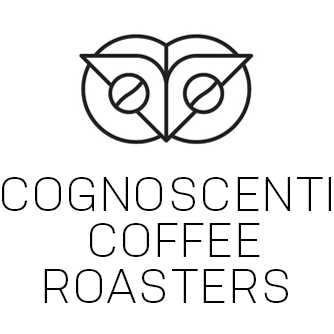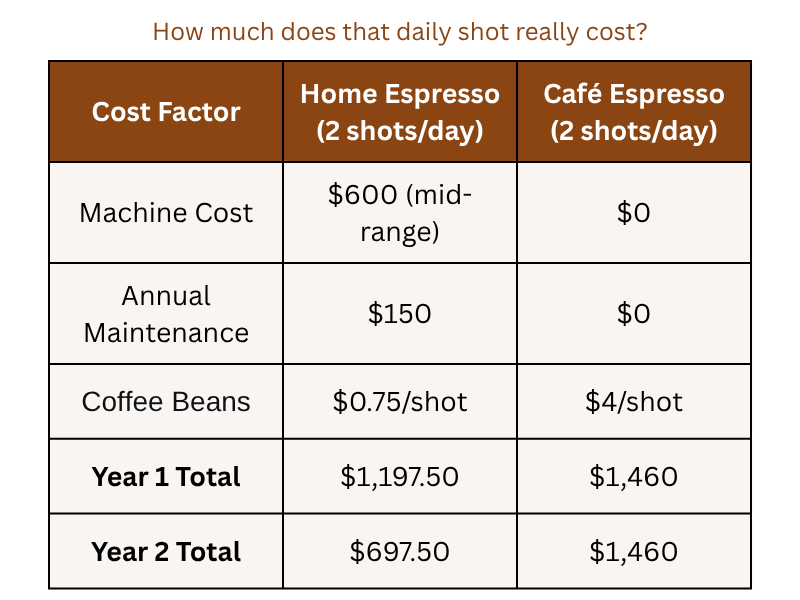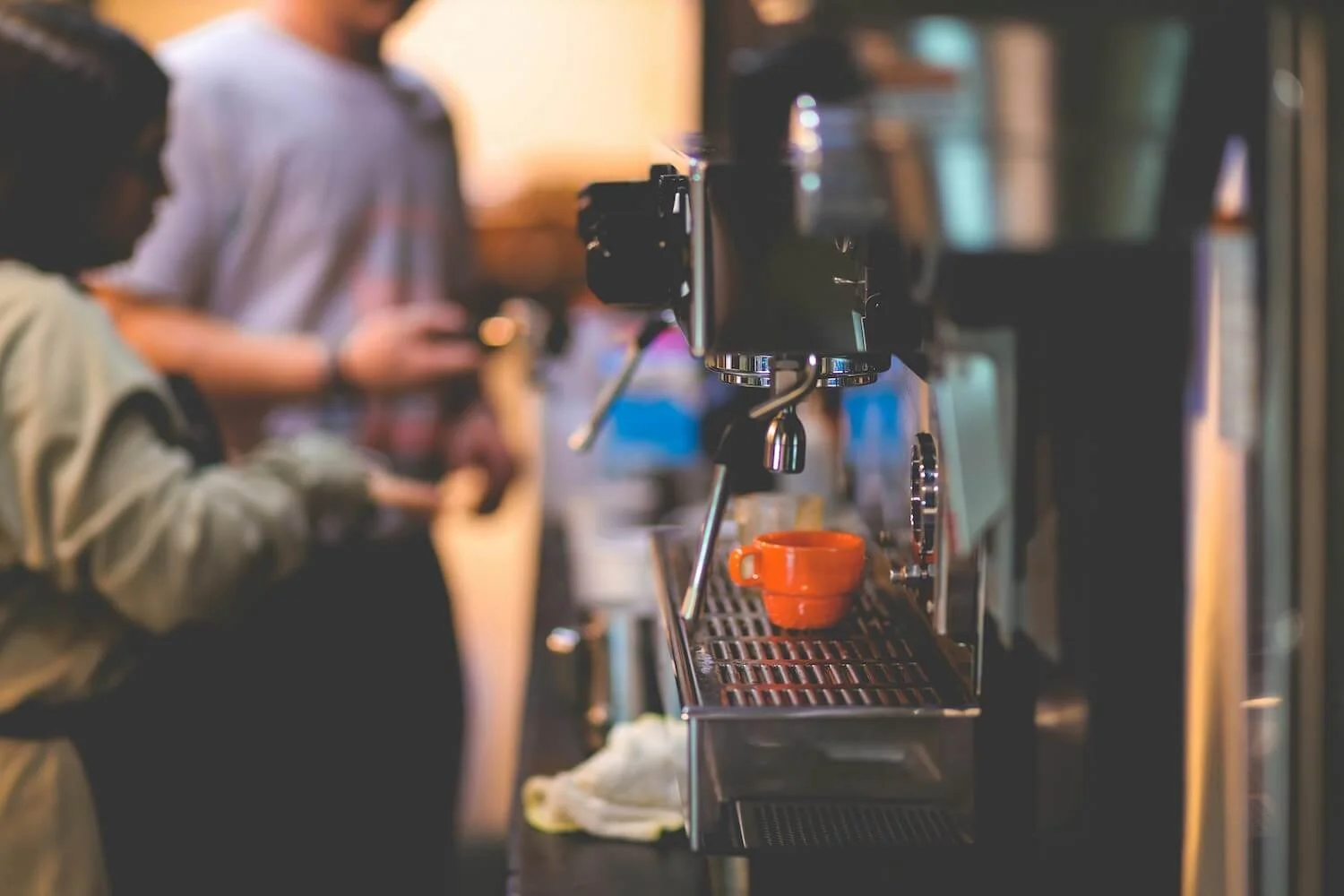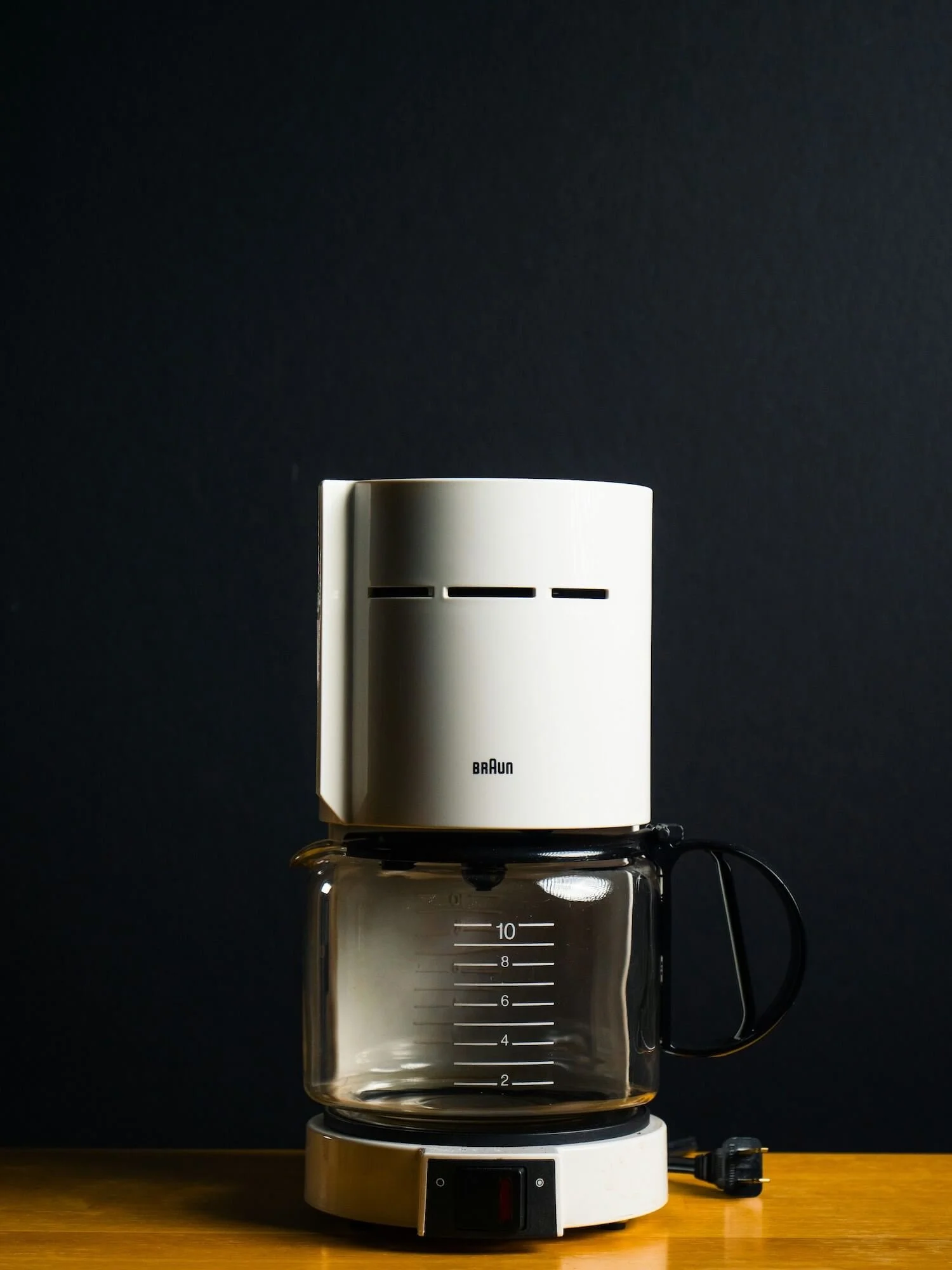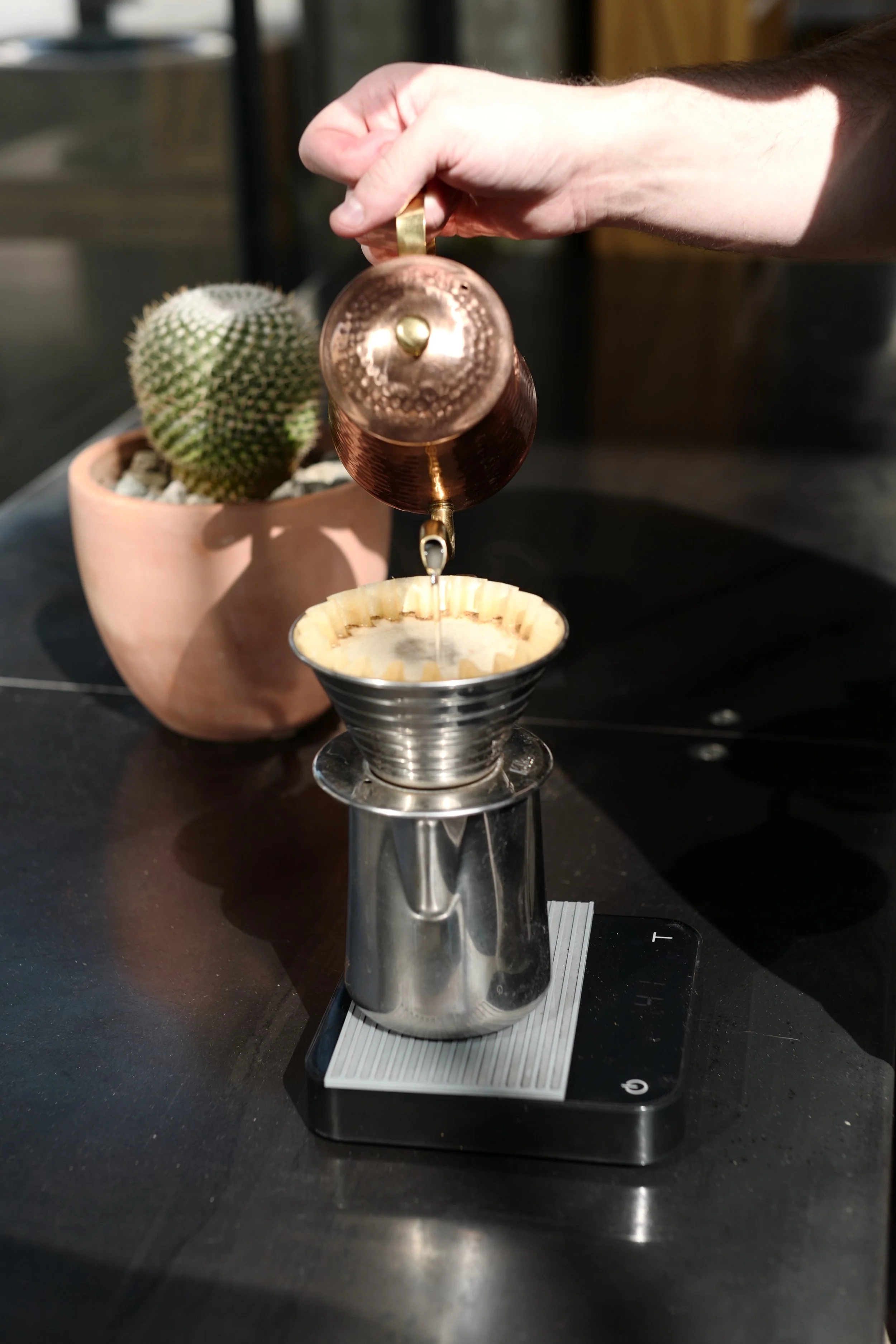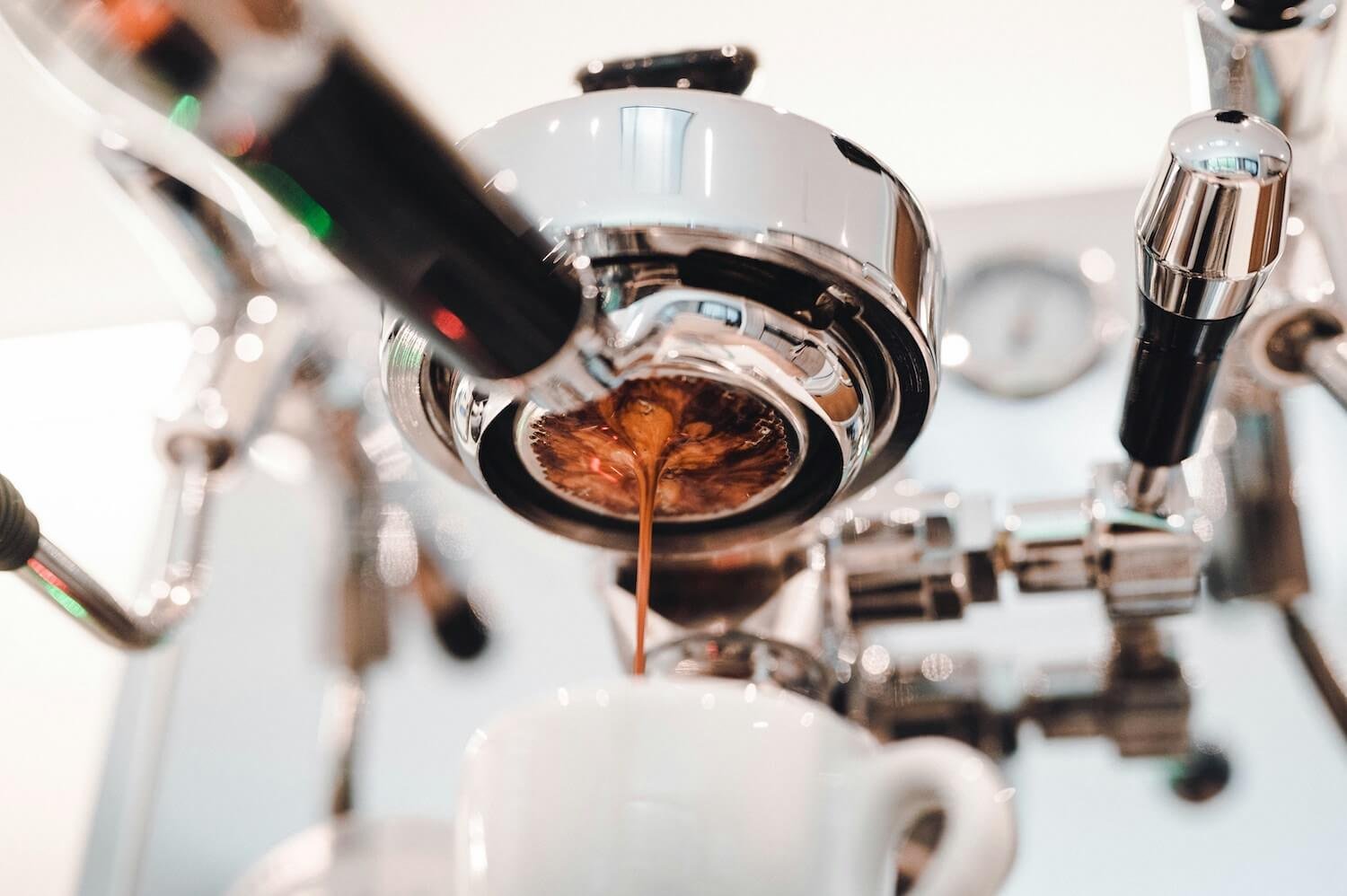The Espresso Trap: How Chasing the Perfect Shot Leads to Wasted Coffee and Caffeine Overload
The Seduction of Home Espresso
The dream is familiar: waking up to the rich aroma of freshly pulled espresso, mastering the art of the perfect crema, and becoming the home barista you've always admired. Instagram feeds are filled with polished setups and beautifully layered shots that make home espresso seem like the ultimate coffee achievement.
But behind those picture-perfect moments lies a different reality—one of financial strain, environmental waste, and unexpected health consequences. While home espresso appears to be the pinnacle of coffee craftsmanship, the pursuit often leads down a path of diminishing returns that costs far more than just money.
Let's break down the true costs—financial, environmental, and personal—of falling into the espresso trap.
The Financial Reality: Is Home Espresso Actually Cheaper Than Your Local Café?
How much does that daily shot really cost?
The common justification for buying an espresso machine is simple: "It'll pay for itself in a few months." But when you run the actual numbers, the financial picture becomes much more complicated.
Source: Based on average equipment costs and maintenance estimates from home barista forums
At first glance, Year 2 looks promising for home espresso. But this break-even calculation doesn't account for several hidden costs:
Electricity for machine heating: Espresso machines are energy hogs, especially when left on to maintain temperature
Water filtration costs: Hard water can destroy expensive equipment, requiring ongoing filtration
Replacement parts: Group heads, seals, and other components need regular replacement
Wasted coffee during dial-in: The real hidden cost we'll explore next
When you factor in these additional expenses, the break-even point stretches much further into the future—if it arrives at all for the average two-shot-a-day drinker.
The Dial-In Dilemma: How Much Coffee Are You Really Throwing Away?
What happens when your perfect shot isn't perfect?
Dialing in espresso is both an art and a science—and it's incredibly wasteful. Every time you change beans, adjust grind size, or encounter different humidity conditions, you're starting the dial-in process from scratch.
The science of dialing in requires multiple test shots to find the sweet spot where extraction time, grind size, and tamp pressure align. Most home baristas waste 3-5 shots when dialing in new beans or after equipment changes.
Consider this real-world example:
Dialing in a new bag typically wastes 50-100g of coffee
For a typical home user changing beans weekly, that's 200-400g of wasted coffee monthly
At $18-25 per 12oz (340g) bag, you're throwing away $50-100 worth of coffee annually just on dial-in waste
The environmental impact extends beyond coffee waste:
Water waste from constant rinsing and cleaning between shots
Coffee grounds heading to landfill instead of compost
Energy consumption from keeping the machine heated during extended dial-in sessions
As sustainability becomes increasingly important to coffee drinkers, the environmental footprint of home espresso deserves serious consideration.
The Caffeine Conundrum: When Perfecting Your Shot Becomes a Health Concern
Are you over-caffeinating in pursuit of perfection?
The psychology of dialing in creates a dangerous temptation: "I can't waste this shot." So you drink the under-extracted, over-extracted, and just-plain-wrong test shots, leading to unintended caffeine overload.
The health impact of this behavior is significant:
Caffeine overload symptoms: Jitters, anxiety, digestive issues, and sleep disruption
Daily intake comparison: Dial-in days can triple your normal caffeine consumption
Long-term effects: Consistent over-consumption can lead to increased tolerance, dependency, and potential cardiovascular strain
"The average adult should limit caffeine to 400mg daily—about 4 shots of espresso. During dial-in sessions, home baristas often consume 600-800mg in a single morning, putting them at risk for negative side effects." — Dr. Sarah Chen, Nutrition Specialist
The pursuit of coffee perfection shouldn't come at the cost of your wellbeing.
The Time Investment: Is Your Morning Routine Becoming a Part-Time Job?
How many hours are you spending on espresso maintenance?
The time commitment of home espresso often gets overlooked in the excitement of equipment acquisition. A realistic time breakdown reveals a significant investment:
Daily time requirements:
Warm-up time: 10-20 minutes (for proper temperature stability)
Dial-in process: 10-15 minutes (grinding, dosing, pulling test shots)
Cleaning and maintenance: 5-10 minutes (backflushing, wiping down)
Weekly deep cleaning: 30-45 minutes (chemical backflush, group head scrubbing, general maintenance)
Total weekly time investment: 3-4 hours
The opportunity cost of this time is substantial. What else could you do with 3-4 extra hours weekly? That's time for exercise, reading, family activities, or simply enjoying a less complicated coffee routine.
Better Alternatives: Getting Great Coffee Without the Hassle
Fortunately, exceptional coffee doesn't require espresso-level complexity. These alternatives deliver outstanding results with minimal waste and frustration:
Aeropress
Fast: 2-3 minute total brew time
Consistent: Minimal variables to adjust
Minimal waste: Single servings with predictable results
Drip Coffee Brewer
Consistent extraction: Automated process for reliable results every time
Easy batch brewing: Perfect for multiple servings with minimal effort
Low maintenance: Simple cleaning and upkeep compared to espresso machines
Pour-Over
Control: Precise water control without pressure variables
Predictable: Consistent results across different beans
Clarity: Clean, nuanced flavors that rival espresso complexity
Cold Brew
Batch preparation: Make concentrate for multiple days
Smooth flavor: Low acidity, naturally sweet results
Time-efficient: Brew once, enjoy all week
Each of these methods pairs beautifully with our single-origin beans, offering complex flavors without the espresso struggle.
FAQ: Home Espresso Machine Questions Answered
Are there any home espresso machines that don't waste coffee?
While some higher-end machines feature pre-infusion and pressure profiling to improve consistency, all espresso brewing requires some dial-in waste when changing beans or environmental conditions. The fundamental nature of espresso—requiring precise alignment of multiple variables—makes waste inevitable.
How can I reduce waste when dialing in espresso?
Use smaller doses (12-15g instead of 18-20g) for test shots
Dial in with milk-based drinks where imperfections are less noticeable
Consider alternative brewing methods for single servings when you're short on time
Keep a log to reduce repeat mistakes with familiar beans
What's the real environmental impact of home espresso?
Beyond coffee waste, consider:
Energy consumption from machines drawing standby power
Water usage for cleaning and cooling
Manufacturing impact of complex equipment vs. simpler brewers
Landfill impact of coffee grounds that could be composted
Escaping the Espresso Trap
The romance of home espresso is powerful, but the reality often involves financial strain, environmental waste, and health concerns. The pursuit of perfection can transform a joyful morning ritual into a stressful, time-consuming chore.
Great coffee doesn't require espresso-level complexity. Methods like pour-over, Aeropress, and drip coffee deliver exceptional results with minimal waste and frustration. They allow you to focus on what matters most: enjoying delicious coffee that enhances your day rather than complicating it.
Ready to escape the espresso trap and simplify your coffee routine?
Discover Hassle-Free Brewing Methods - Get step-by-step guides to consistent, waste-free coffee that rivals espresso complexity
Browse Pour-Over & Aeropress Beans - Explore our single-origin coffees specifically selected for their clarity and nuanced flavors in alternative brew methods
